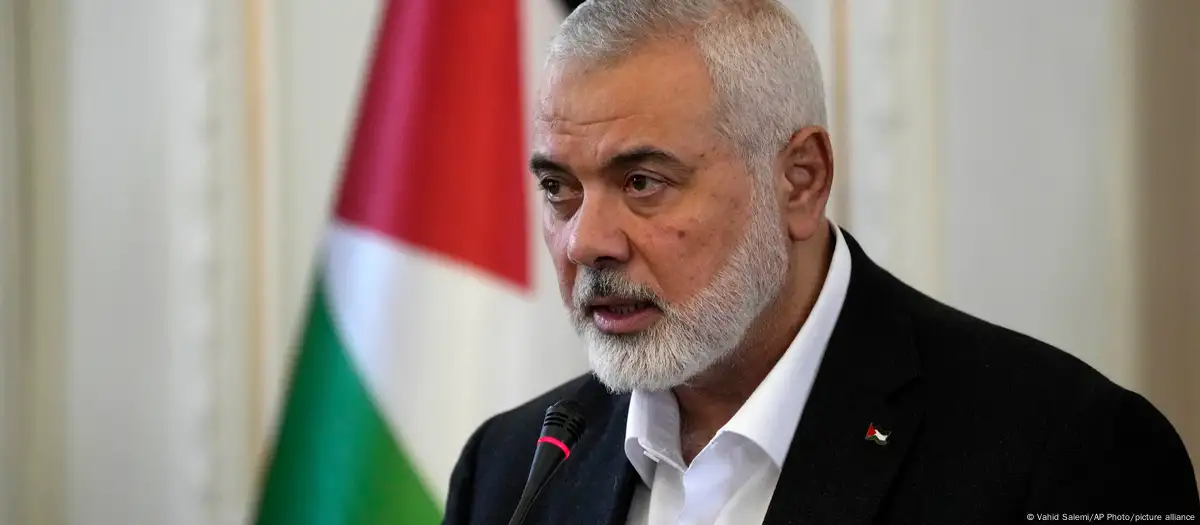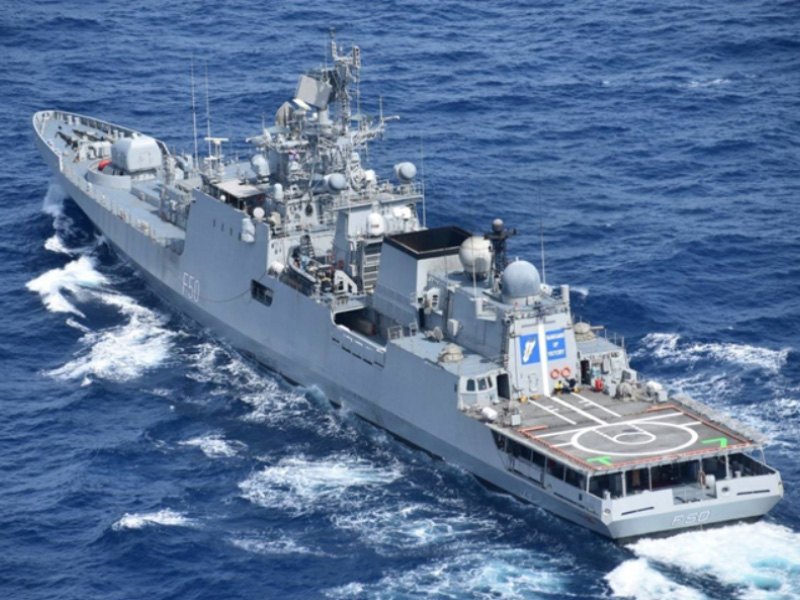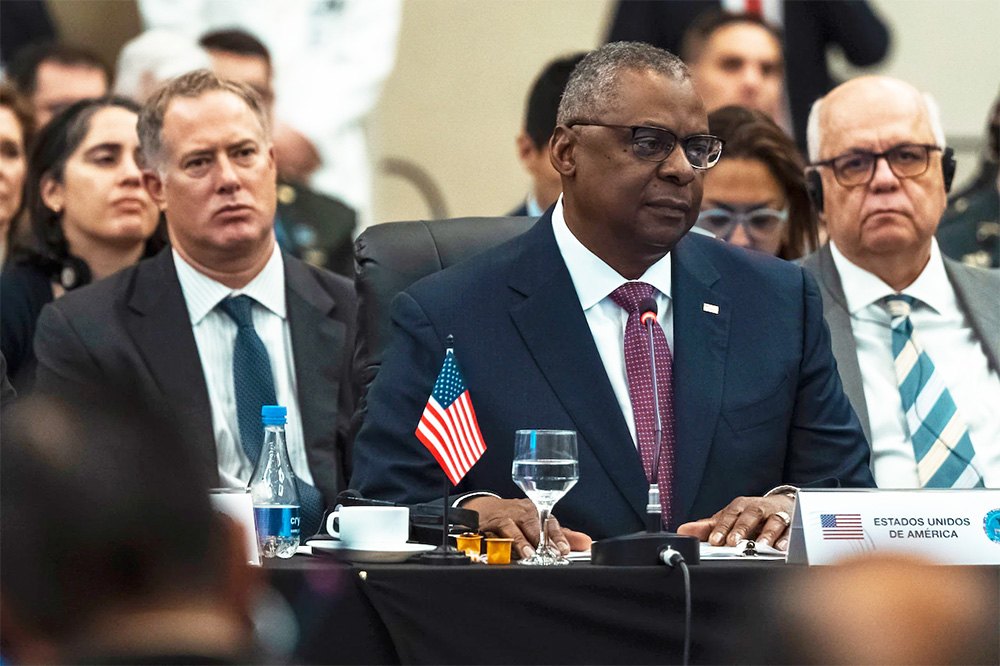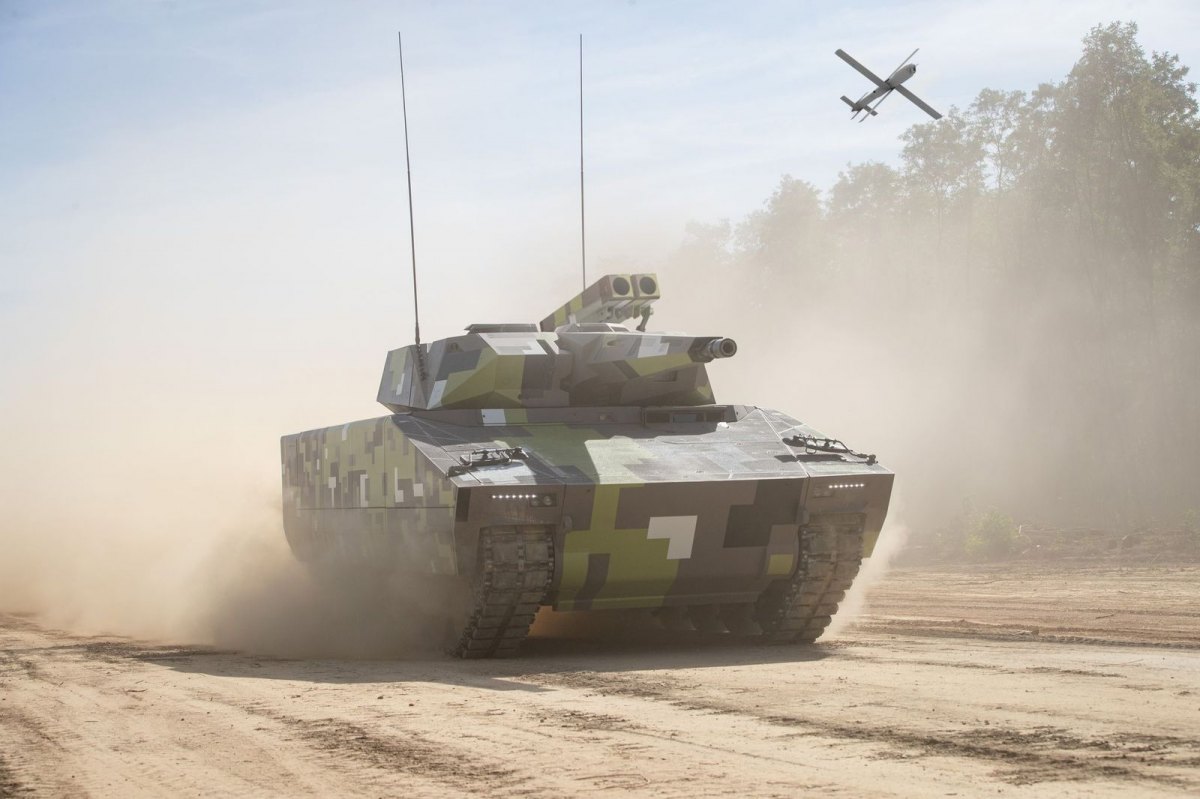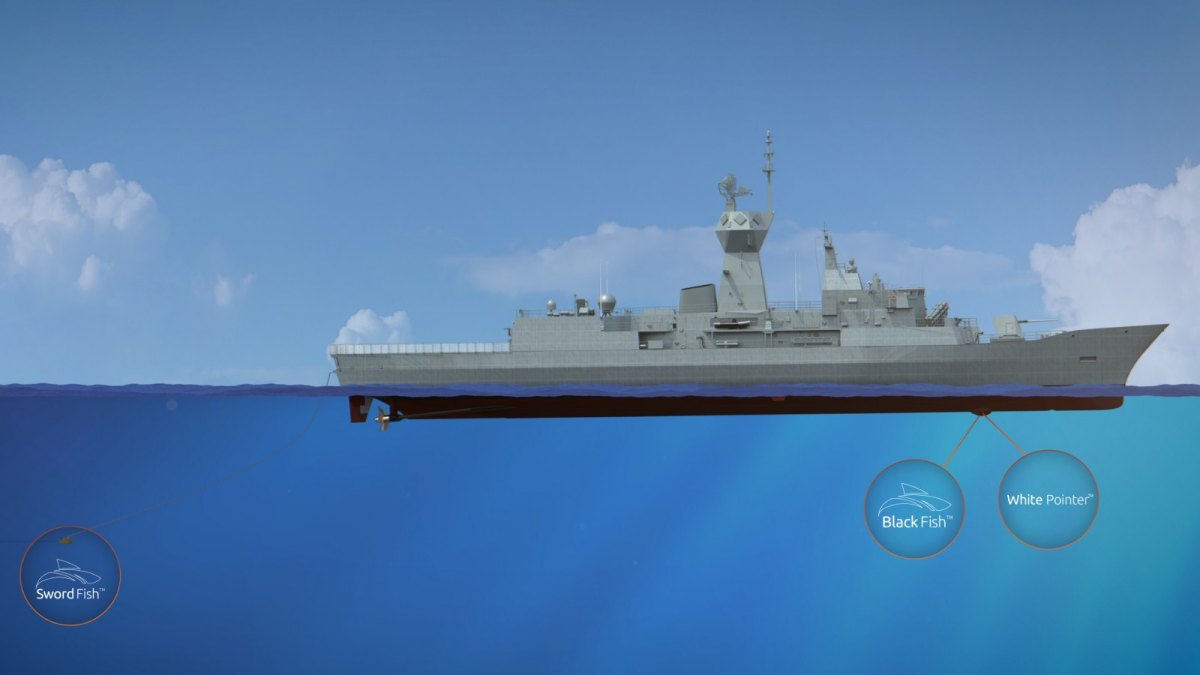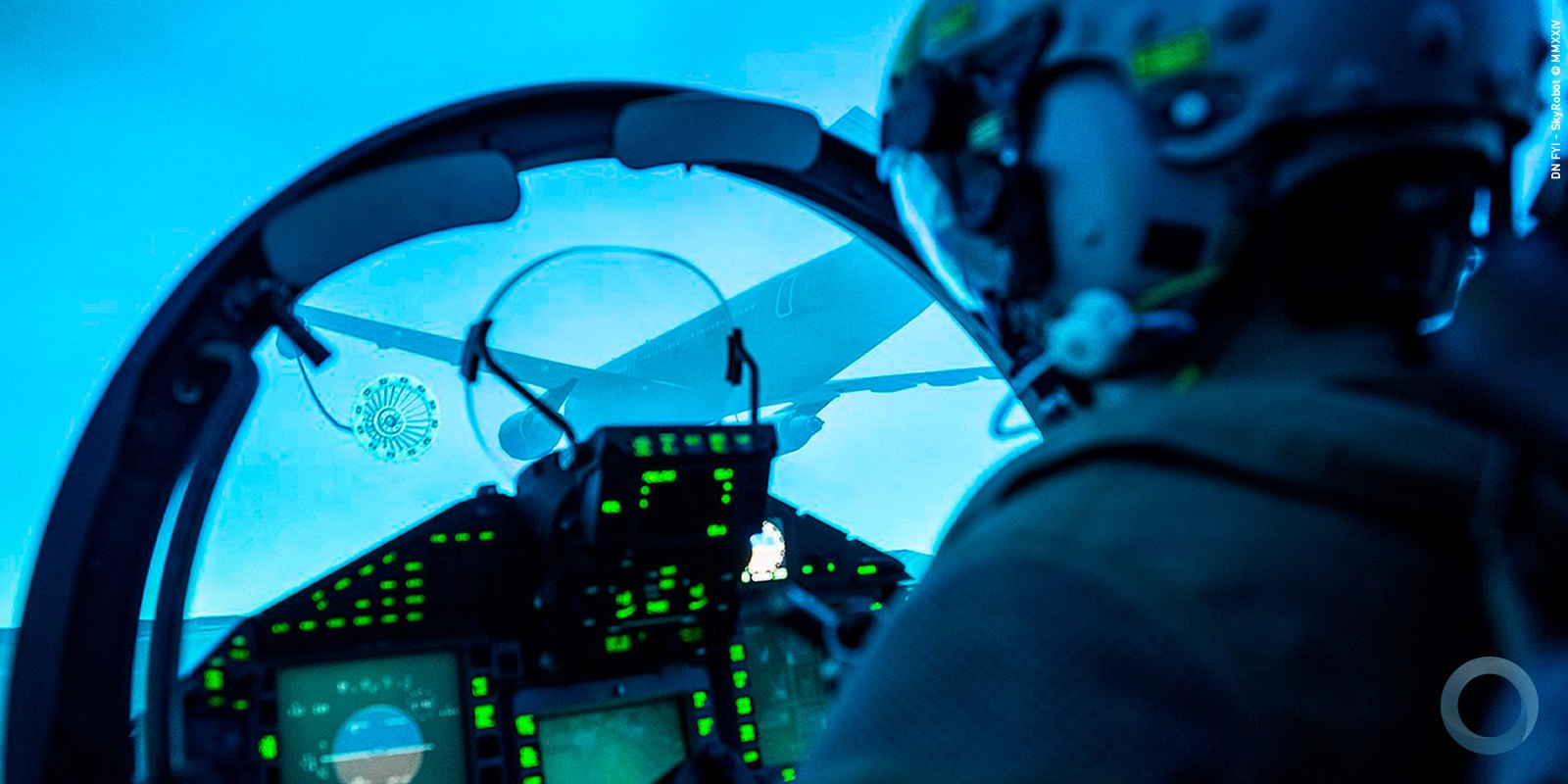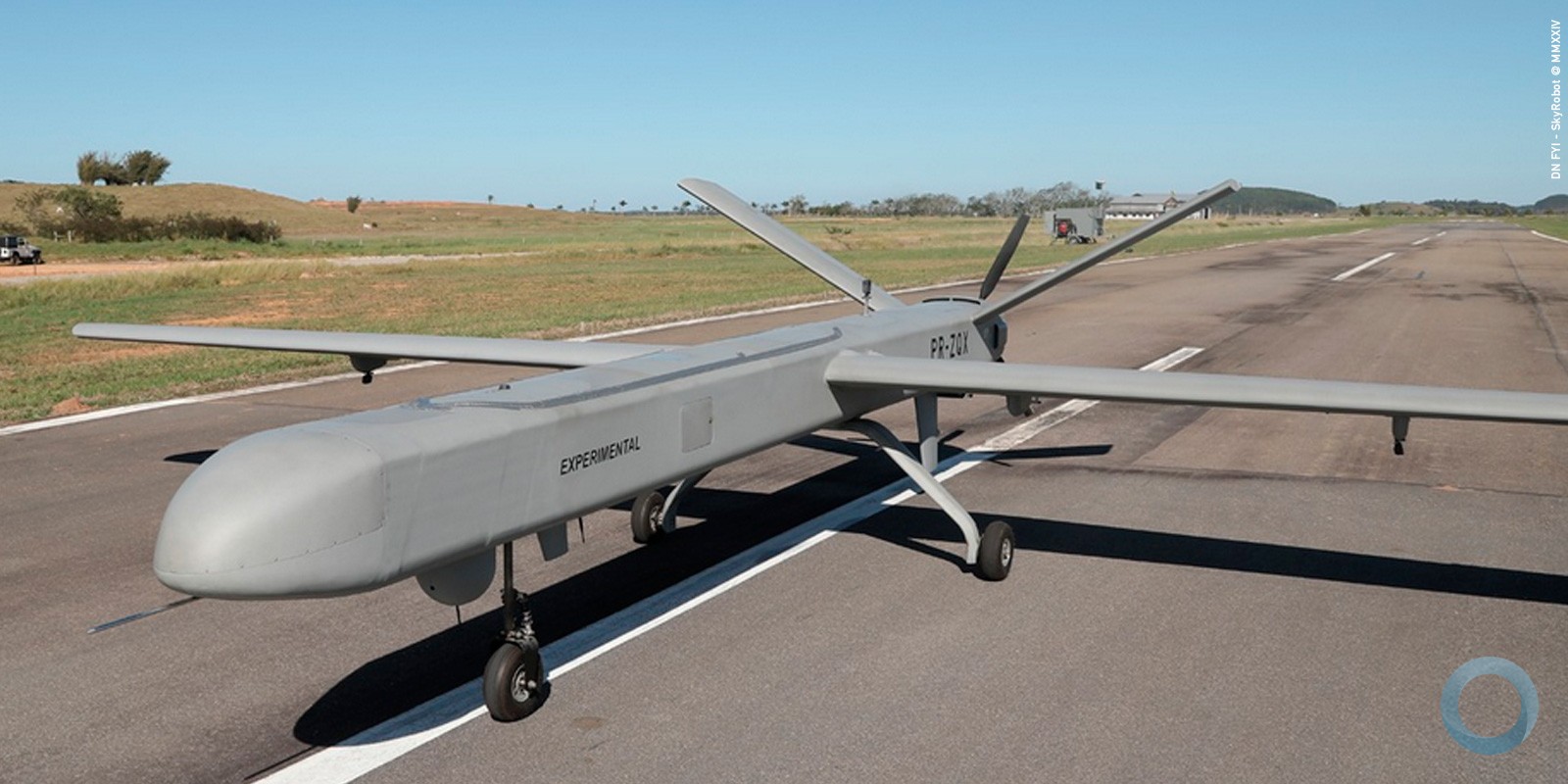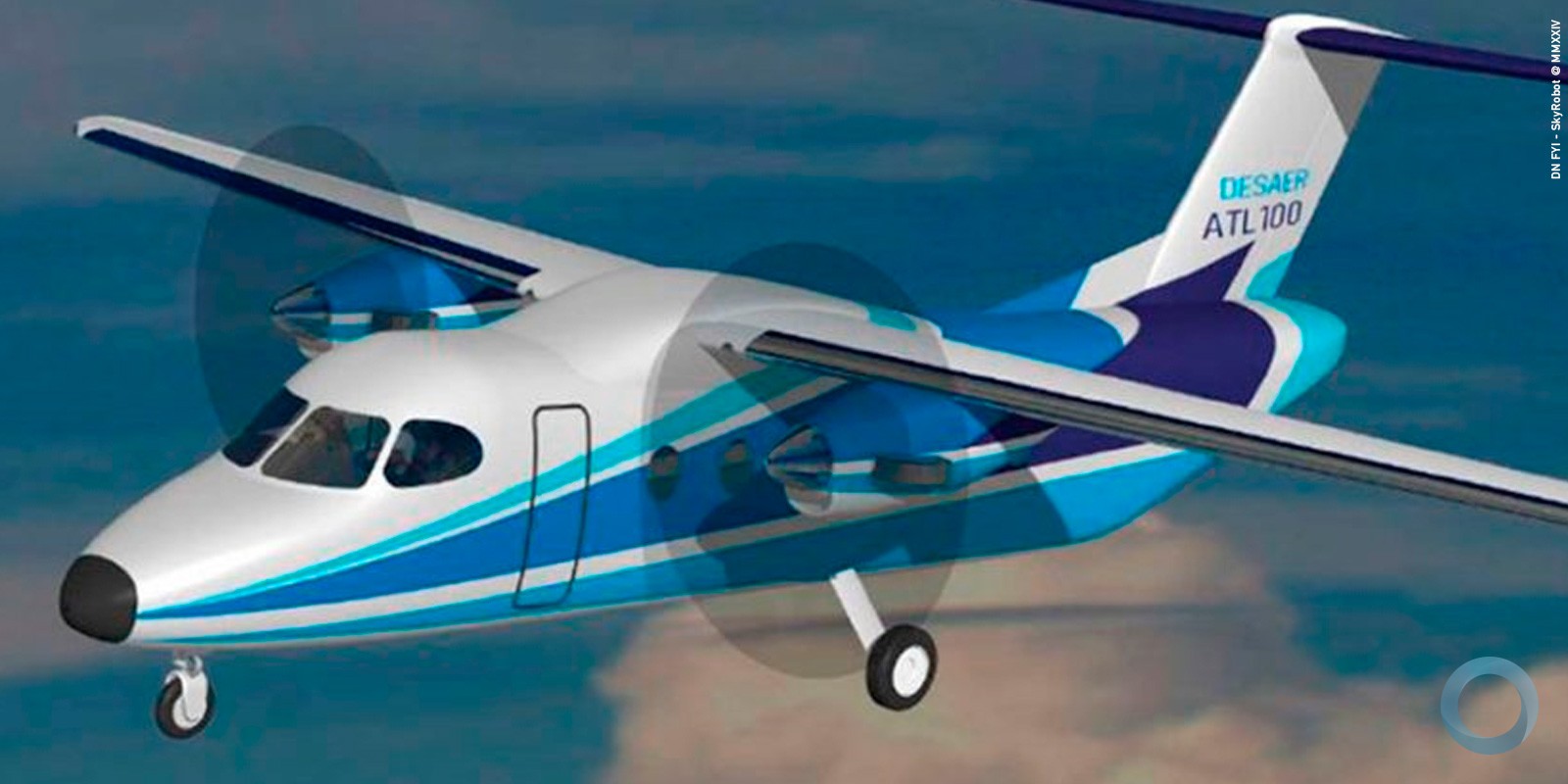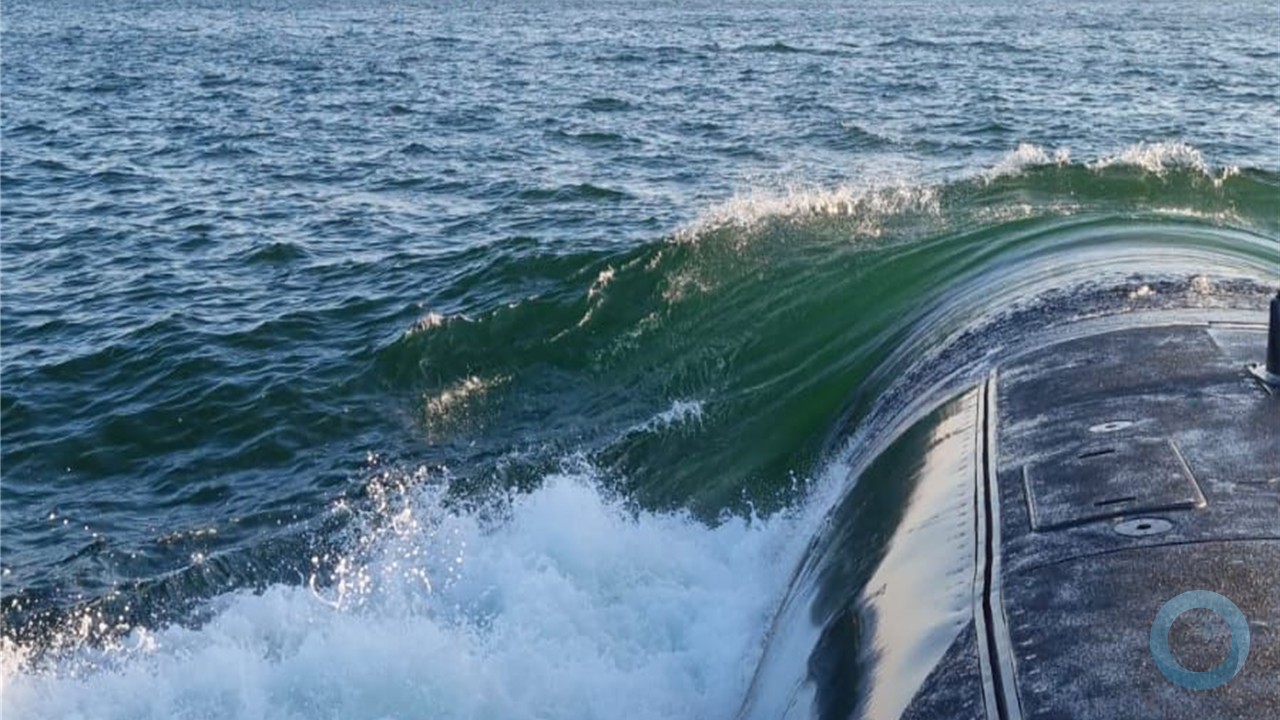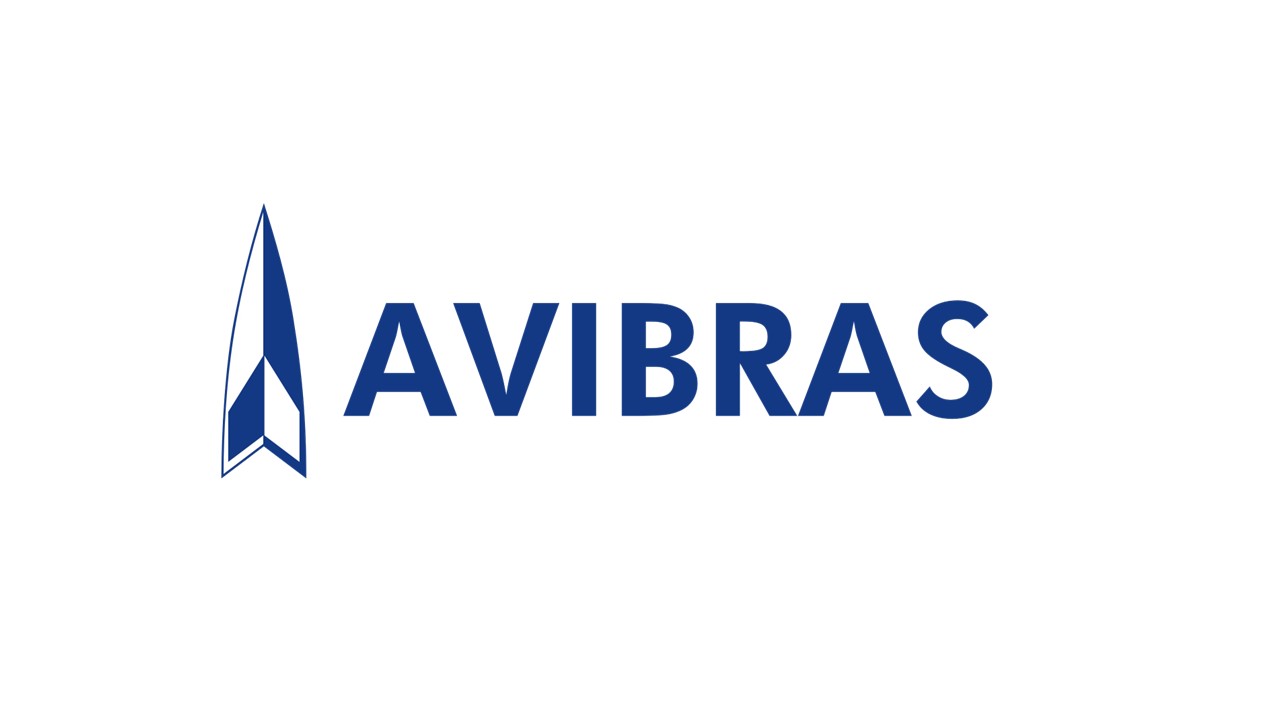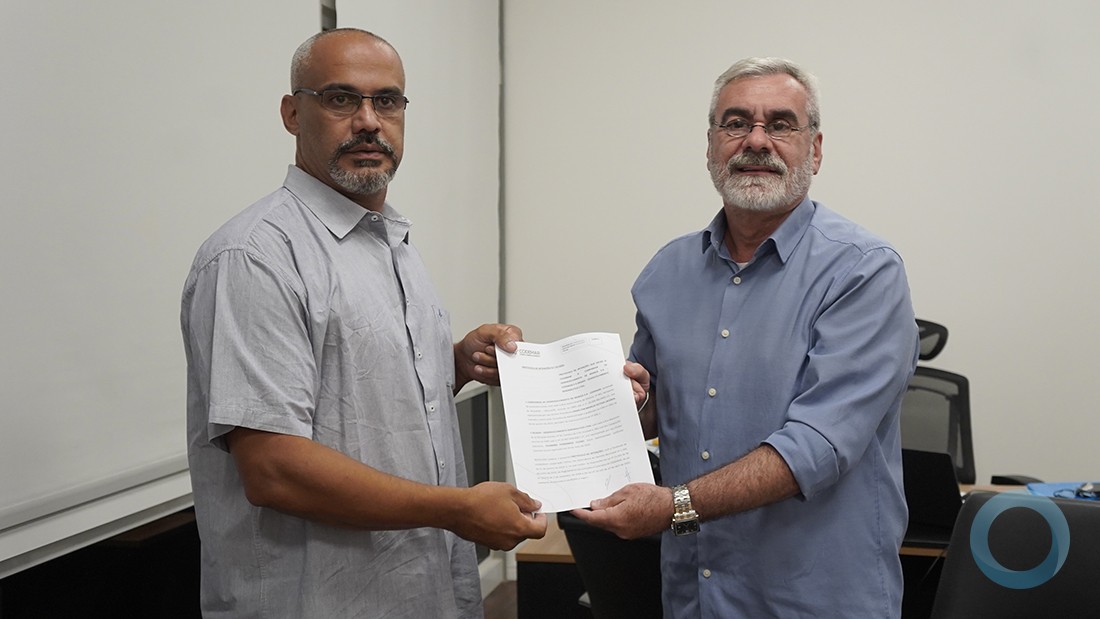![]() Versão em Português
Versão em Português
Eduardo Szklarz
Military members prevented the mock invasion of an island in a coordinated land and amphibious action.
During Operation Poseidon, which took place November 21st –23rd at the Baterías Naval Infantry Base, close to 1,000 members of the Argentine Navy responded to a simulated military offensive.
All units from the Flota de Mar Naval Infantry Force (FAIF, per its Spanish acronym) mobilized for possible combat at the beach, using boats, amphibious vehicles, and artillery battalions.
“We are simulating the presence of an enemy for the purpose of evaluating the tactical decisions of our subordinate commanders,” Captain Daniel Recabeitia, second commander of FAIF, told Diálogo.
Although the operation took place at a base in the province of Buenos Aires, the mock invasion was planned as if it had taken place at Isla Grande de Tierra del Fuego, a province in the southernmost tip of Argentina, as it was intended as an island operation.
Enemy offensive
“We simulated that the enemy had established a beachhead on the northern part of the island, and was waiting for reinforcements before launching an offensive to the south,” Capt. Recabeitia reported.
FAIF created a debarking force made up of the 2nd Naval Infantry Battalion, the Communications Battalion, the Amphibious Commandos Group, the Amphibious Engineers Company, the Anti-Aircraft Battalion, the Amphibious Vehicles Battalion, the Command and Logistical Support Battalion, and the Field Artillery Battalion. “The debarking force established a beachhead on a central area of the island to allow for the subsequent administrative debarking of reinforcements,” Capt. Recabeitia said.
The enemy, in turn, had medium- and heavy-duty trucks, armored vehicles for exploration, and infantry troops, all of which were concentrated at the beachhead seized on Argentine territory.
The exercise presented the impossibility of debarking of the Argentine reinforcements due to adverse weather conditions. As a result, the enemy contingent continued to be more numerous.
The situation encouraged the assignment of a new task for the debarking force: execute a movement to establish contact with the enemy, and once accomplished, initiate a delay operation to stall them until Argentine reinforcements arrive.
Delay action
“The delay action is a complementary operation, the purpose of which is to gain time, ceding the least amount of ground possible. In this action, the enemy is delayed and is worn down,” Capt. Recabeitia said. He also reported that the Argentine troops used tracked amphibious vehicles, exploration, mechanized and technical vehicles, as well as artillery Hummers.
While the debarking force executed the delay action, the Field Artillery Battalion (BIAC, per its Spanish acronym) and the Anti-Aircraft Battalion (BIAA, per its Spanish acronym) fired shots with real munitions in support of the first-line units that were carrying out maneuvers. “Due to exercise and safety concerns, shooting was done in a secure location and in coordination with the maneuvers of the first-line units rather than against our troops,” Capt. Recabeitia clarified.
The BIAC fired 155-millimeter cannons in support of the Infantry, while the BIAA fired 40/70 cannons at a towed aerial target provided by the Argentine Air Force. Once climatic conditions improved a short while later, a larger Argentine force debarked and forced out the enemy. “In total, 1,000 troops participated in the exercise, and the results were highly satisfactory,” Capt. Recabeitia said.
Amphibious planning
Operation Poseidon is the result of a planning phase that took place in October 2016, at FAIF facilities. Units from the Flota de Mar Command and the 2nd Naval Aviation Force participated.
In an interview with Gaceta Marinera, the Argentine Navy’s official news website, Captain Bernardo Noziglia, FAIF commander, explained that the previous stage was a “mental exercise” for the younger officers, allowing them to have an opportunity to appreciate the development of the mission.
“Amphibious planning is one of the most complicated exercises because of all the interaction that exists between the components,” Capt. Noziglia said.
“It is a very complex operation that requires a lot of coordination,” the officer added. “To be able to move ahead with this land and amphibious operation, it was necessary to integrate all the components [of the force], which was in fact achieved thanks to the partial work of each during the year.”
Projection of naval power
Argentine officers also noted the importance of Operation Poseidon for the security of Argentina and the region.
“On top of being fundamental for training, executing this type of activity allows us to put our plans to the test, to obtain logistical data, to check our communications, and plan an operation as complex as an amphibious operation,” Capt. Recabeitia said.
“The exercise is very important for the defense of our country, since we are exercising and consolidating the Argentine Navy’s capacity for projection of naval power along our extensive maritime and river coasts,” he concluded.






